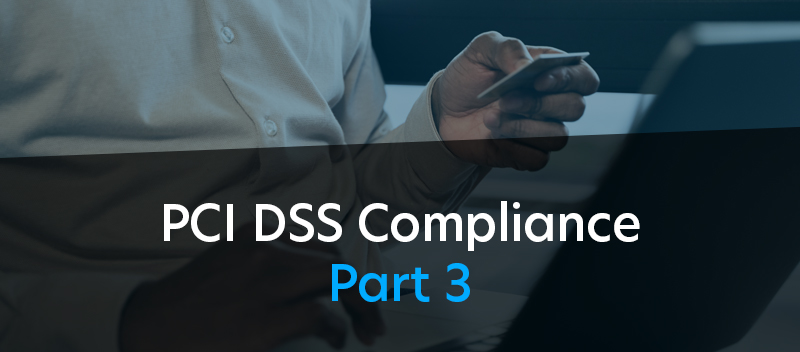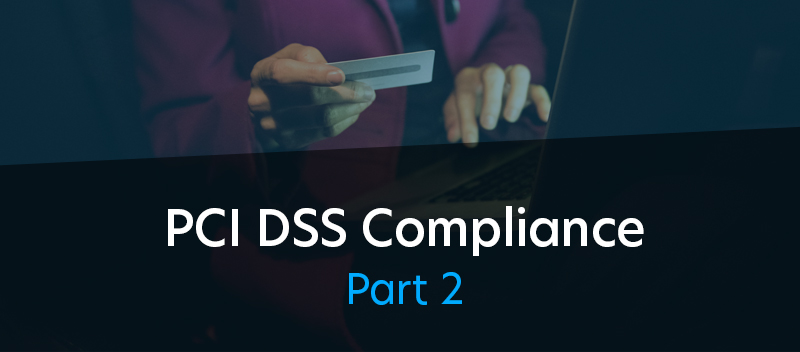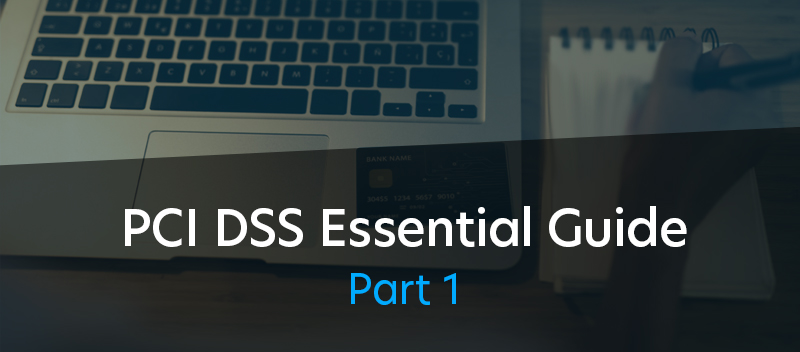SOC 2 Recertification in 2024: Setting Yourself Up for Seamless Renewal

This process typically takes one to three months, and it plays an integral role in safeguarding your organization’s data and maintaining trust with your clients. However, the journey to SOC 2 recertification can be fraught with challenges. Our guide will help you navigate these hurdles and prepare for a seamless SOC 2 recertification in 2024.
Understanding SOC 2 Recertification in 2024
The SOC 2 recertification process is dynamic, with the American Institute of Certified Public Accountants (AICPA) not providing a concrete checklist or document outlining the requirements. Instead, they provide Points of Focus and establish Trust Service Criteria (TSC), which guide organizations to implement security controls.
To achieve SOC 2 compliance, an organization must undergo an audit by a third-party auditor. This auditor assesses the effectiveness of the organization’s internal controls against five trust categories: Security, Availability, Processing Integrity, Confidentiality, and Privacy.
— Security. Information and systems are protected against unauthorized access, unauthorized disclosure of information, and damage to systems that could compromise the availability, integrity, confidentiality, and privacy of information or systems and affect the entity’s ability to achieve its objectives.
Security refers to the protection of
- information during its collection or creation, use, processing, transmission, and storage, and
- systems that use electronic information to process, transmit, transfer, and store information to enable the entity to meet its objectives. Controls over security prevent or detect the breakdown and circumvention of segregation of duties, system failure, incorrect processing, theft or other unauthorized removal of information or system resources, misuse of software, and improper access to or use of, alteration, destruction, or disclosure of information.
— Availability. Information and systems are available for operation and use to meet the entity’s objectives.
— Processing Integrity. System processing is complete, valid, accurate, timely, and authorized to meet the entity’s objectives.
— Confidentiality. Information designated as confidential is protected to meet the entity’s objectives. Confidentiality addresses the entity’s ability to protect information designated as confidential from its collection or creation through its final disposition and removal from the entity’s control in accordance with management’s objectives.
— Privacy. Personal information is collected, used, retained, disclosed, and disposed of to meet the entity’s objectives.
In 2024, these core requirements remain the same, but it’s crucial to understand them fully to ensure a smooth recertification process such as:
- Systems should be backed up securely, and plans for disaster recovery and business continuity should be in place to minimize downtime.
- Capacity management baselines should be established to prevent availability issues from exceeding system limits.
- Potential environmental threats such as natural disasters that could disrupt service should be identified, and precautions taken against them.
- Procedures should be in place to identify confidential information when it’s created or received. Policies determining data retention periods should be established.
- Secure destruction of confidential data after retention periods expire is essential. Processes should be in place to permanently delete sensitive information.
- Detailed records of all system inputs and outputs should be maintained, ensuring proper distribution of outputs.
- Procedures to swiftly identify and fix any errors in the system should be in place.
- All data processing activities should be clearly defined to ensure products and services conform to specifications.
- Consent should be obtained from individuals before collecting sensitive personal information. Clear communication of data practices and policies is critical.
- Privacy policies and other explanations of data practices should be written in plain, easy-to-understand language, avoiding jargon.
- Only legal and reliable sources should be used to collect data. Processes should be in place to verify data accuracy and the lawfulness of collection methods.
For more on our SOC 2 compliance services Click Here
Common Challenges in SOC 2 Recertification
Here are some of the most common issues businesses face, along with practical advice on how to overcome these challenges:
Complacency Post-Certification: Some organizations believe that once they achieve SOC 2 certification, they don’t need to maintain the same level of diligence. This mindset can lead to failure during recertification. To avoid this, understand that SOC 2 compliance is an ongoing process. Regularly review and update your controls and processes to ensure they remain effective and relevant.
Lack of Company-Wide Buy-In: SOC 2 compliance isn’t just the responsibility of a small security-focused team. It requires commitment at all levels of the organization. To overcome this challenge, foster a culture of security and compliance within the organization. Make sure that every employee understands their role in maintaining SOC 2 compliance.
Not Adhering to Designed Controls and Processes: Sometimes, organizations design robust controls and processes but fail to follow them. This often stems from a lack of communication between teams and departments. To address this, ensure regular communication and training sessions about the importance and execution of these controls and processes.
Losing Track of Procedures After an Acquisition or Merger: Mergers and acquisitions often lead to changes in systems and processes, which can cause organizations to lose track of SOC 2 procedures. During such transitions, prioritize information security. Train new employees and teams on SOC 2 requirements and ensure they understand the importance of maintaining compliance.
Maintaining Compliance Amidst Change: SOC 2 compliance is not a one-time achievement; it’s an ongoing commitment. As your company grows and changes, your approach to compliance must adapt. This means maintaining a focus on standardization and procedure through every major change and challenge your company faces.
Best Practices for Seamless SOC 2 Recertification
Here are some best practices to help you prepare effectively for your SOC 2 recertification:
- Resolve Prior Year Issues/Exceptions: Start by addressing any issues or exceptions identified during the previous year’s examination. This proactive approach ensures you’re not repeating the same mistakes and helps improve your overall security posture.
- Schedule Check-in Sessions with Your Auditor: Engage in regular discussions with your auditor, ideally well before the examination period. These meetings allow you to discuss preliminary planning items, significant changes, and updates on the SOC 2 framework, giving you ample time to address any necessary areas.
- Evaluate the Effectiveness of Your Current Controls: Review your existing controls and processes to identify gaps or areas requiring improvement. Implement new controls as needed based on this review.
- Update Policies and Procedures: Ensure your policies and procedures align with the latest SOC 2 framework. Update them to reflect changes in your systems or operations to ensure they remain relevant and effective.
- Update the System Description: The System Description is the organization’s responsibility, not the auditor’s. Update it to reflect any changes to the environment since the last examination.
- Conduct a Comprehensive Risk Assessment: Identify and address new risks that may have emerged since the last audit. This should include updating your vendor risk assessments, particularly as services continue to migrate to cloud providers.
- Internal Testing: Verify the functionality and effectiveness of your controls through internal testing. This step helps identify and address issues before the external audit, increasing your chances of a successful examination.
- Choose a Qualified SOC 2 Auditor: Ensure your auditor is independent, experienced in SOC 2 compliance, and has experience dealing with organizations similar to yours. Discuss their approach to the audit to ensure it aligns with your needs.
- Review Audit Findings: After the audit, review the findings with the auditor. Address any identified deficiencies or areas for improvement and implement corrective actions as necessary.
By following these best practices, you can ensure a smooth and successful SOC 2 recertification process in 2024.
Key Considerations for SOC 2 Recertification
SOC 2 recertification requires careful planning and preparation. Here are some critical factors businesses need to consider during the recertification process, along with expert insights on how to manage these considerations effectively:
Understanding Trust Service Principles: The foundation of SOC 2 certification lies in the trust service principles of security, availability, processing integrity, confidentiality, and privacy. Internalize these principles and ensure they are integral to your organization’s operations, especially those you plan to get certified for.
Adherence to Controls and Procedures: Designing a robust security program is only half the battle; it’s equally important that employees follow these controls and procedures. Regular training sessions can help inculcate these practices and ensure they’re consistently followed.
Training New Employees and Contractors: As your organization grows and brings in new employees and contractors, it’s crucial to train them in your processes for handling customer data. This ensures that everyone within the organization understands and adheres to the same standards.
Periodic Spot Checks or Gap Analyses: Don’t wait for the auditor’s visit to discover gaps in your controls and systems. Conduct regular spot checks or gap analyses to identify and address issues proactively.
Designating an Infosec Lead: Assigning someone to handle information security can help ensure all departments follow your controls and protocols. This person can act as a central point of contact for all aspects related to SOC 2 compliance and help maintain a consistent approach across the organization.
Final Thoughts: Preparing for SOC 2 Recertification
SOC 2 recertification is not just a regulatory obligation; it’s a testament to your organization’s commitment to security and trust. Proper preparation for SOC 2 recertification ensures that your organization continues to uphold the highest standards of data protection, bolstering confidence among your clients and partners.
However, remember that SOC 2 compliance is not a one-time milestone but an ongoing commitment. As such, it’s essential to start planning your recertification journey now. The earlier you begin, the more time you’ll have to identify and address potential issues, making the recertification process less stressful and more successful.
Our compliance experts at TrustNet are always here to provide personalized guidance and support during your SOC 2 recertification process. Don’t hesitate to reach out to us for assistance in managing this crucial aspect of your business operations. After all, your commitment to security is a commitment to your business’s success.




